Evaluate: Product design concept evaluation for commercial feasibility
The 'what?', the 'who?', and the 4 'hows?'
For 15 years we have been fine tuning our evaluation model to ensure we are developing a commercially viable as well as technically feasible product concept. For the last 6 years we have been using this method as a basis for a workshop we deliver at the British Library to help start-up businesses. When our design director Stefan worked at Hasbro the toy company, he was an engineer qualified in business and marketing yet working in the design department. Using his design thinking skills, he turned the 'four Ps of marketing – product, promotion, place and price' into a model the designers could use to test their ideas and evaluate their briefs. He called it the 'The what?, the who?, and the 4 hows?', and we at Bang have been using, testing and tweaking this model for the last 15 years and proven it to work in delivering marketable product.
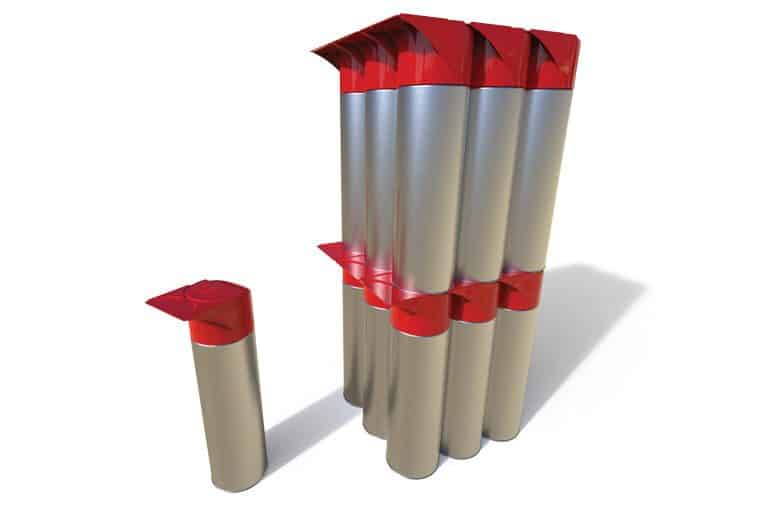
What
'What is so unique?' about your product. If a product wishes to stand out in the market place it has to offer the user a benefit. If the product is simply styled to look different this is a fashion product, but if a product is to really stand out, we need to find and bring the unique selling point of the design to the forefront of the design. For Unipart we designed a lid for their de-icer cans. We made the cap into an ice scraper. This had been done before, but we made ours stick out from the side which made the cap easier to hold, and by adding details to the top and base of the cap, it allowed the cans to uniquely stack.
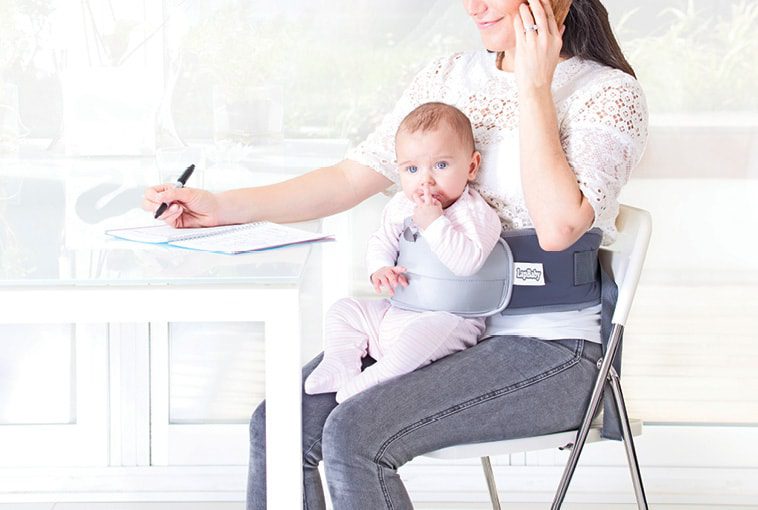
Who
'Who is the target market?'.
The target market could be different to the market that buys the product, for example a toy is for children often bought by their guardians. The unique selling point of the product must appeal to this target market. For the start-up business- Tegology- we were told the target market for their camping stove (Tegstove) that charged a battery while cooking would be campers and hikers. We proved that the bigger and easier market to target was fishermen, especially for the US market, Their first customer was Bass Pro shops.
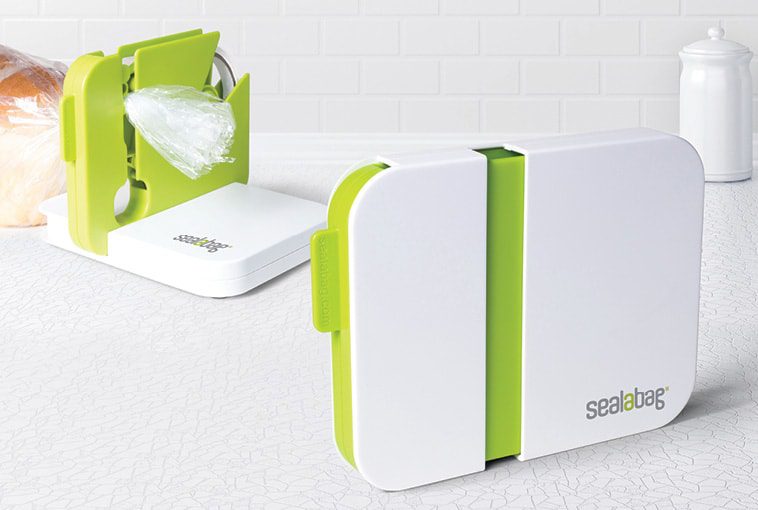
How
The '4 hows' allow us as a design team to mould that product into a marketable designed solution. 'How do they get one?'. We need to evaluate how the design gets into the hands of the target market. The more complex the route to market the more people the design must satisfy. We also can look at other products our design solution will be compared to and see if we can apply some design thinking to this supply chain to really help the product stand out. 'How much?' will the product cost. Designing a product without any cost constraints is very easy. But for example: Designing a £25 product that needs to cost less than $5 to manufacture is a lot harder. It is no surprise that this evaluation question really changes the form or function of many briefs. When we know what the target costs are, we can look at how to deliver the unique selling point as effectively as possible. For an example project see: Colandish.
Evaluate: Product design concept evaluation for commercial feasibility
The ‘what?’, the ‘who?’, and the 4 ‘hows?’
For 15 years we have been fine tuning our evaluation model to ensure we are developing a commercially viable as well as technically feasible product concept. For the last 6 years we have been using this method as a basis for a workshop we deliver at the British Library to help start-up businesses. When our design director Stefan worked at Hasbro the toy company, he was an engineer qualified in business and marketing yet working in the design department. Using his design thinking skills, he turned the ‘four Ps of marketing – product, promotion, place and price’ into a model the designers could use to test their ideas and evaluate their briefs. He called it the ‘The what?, the who?, and the 4 hows?’, and we at Bang have been using, testing and tweaking this model for the last 15 years and proven it to work in delivering marketable product.
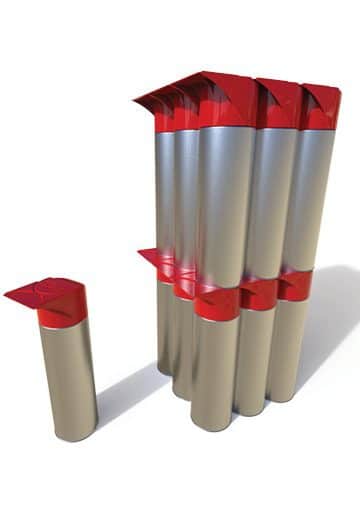
What
'What is so unique?' about your product. If a product wishes to stand out in the market place it has to offer the user a benefit. If the product is simply styled to look different this is a fashion product, but if a product is to really stand out, we need to find and bring the unique selling point of the design to the forefront of the design. For Unipart we designed a lid for their de-icer cans. We made the cap into an ice scraper. This had been done before, but we made ours stick out from the side which made the cap easier to hold, and by adding details to the top and base of the cap, it allowed the cans to uniquely stack.
Who
'Who is the target market?'.
The target market could be different to the market that buys the product, for example a toy is for children often bought by their guardians. The unique selling point of the product must appeal to this target market. For the start-up business- Tegology- we were told the target market for their camping stove (Tegstove) that charged a battery while cooking would be campers and hikers. We proved that the bigger and easier market to target was fishermen, especially for the US market, Their first customer was Bass Pro shops.
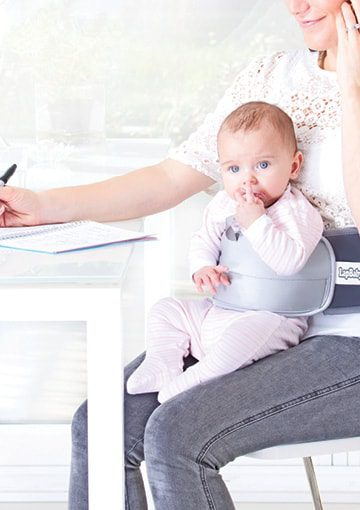
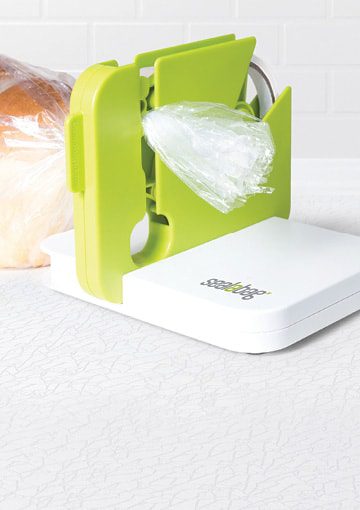
How
The '4 hows' allow us as a design team to mould that product into a marketable designed solution. 'How do they get one?'. We need to evaluate how the design gets into the hands of the target market. The more complex the route to market the more people the design must satisfy. We also can look at other products our design solution will be compared to and see if we can apply some design thinking to this supply chain to really help the product stand out. 'How much?' will the product cost. Designing a product without any cost constraints is very easy. But for example: Designing a £25 product that needs to cost less than $5 to manufacture is a lot harder. It is no surprise that this evaluation question really changes the form or function of many briefs. When we know what the target costs are, we can look at how to deliver the unique selling point as effectively as possible. For an example project see: Colandish.
Evaluate: Product design concept evaluation for commercial feasibility
The ‘what?’, the ‘who?’, and the 4 ‘hows?’
For 15 years we have been fine tuning our evaluation model to ensure we are developing a commercially viable as well as technically feasible product concept. For the last 6 years we have been using this method as a basis for a workshop we deliver at the British Library to help start-up businesses. When our design director Stefan worked at Hasbro the toy company, he was an engineer qualified in business and marketing yet working in the design department. Using his design thinking skills, he turned the ‘four Ps of marketing – product, promotion, place and price’ into a model the designers could use to test their ideas and evaluate their briefs. He called it the ‘The what?, the who?, and the 4 hows?’, and we at Bang have been using, testing and tweaking this model for the last 15 years and proven it to work in delivering marketable product.

What
'What is so unique?' about your product. If a product wishes to stand out in the market place it has to offer the user a benefit. If the product is simply styled to look different this is a fashion product, but if a product is to really stand out, we need to find and bring the unique selling point of the design to the forefront of the design. For Unipart we designed a lid for their de-icer cans. We made the cap into an ice scraper. This had been done before, but we made ours stick out from the side which made the cap easier to hold, and by adding details to the top and base of the cap, it allowed the cans to uniquely stack.
Who
'Who is the target market?'.
The target market could be different to the market that buys the product, for example a toy is for children often bought by their guardians. The unique selling point of the product must appeal to this target market. For the start-up business- Tegology- we were told the target market for their camping stove (Tegstove) that charged a battery while cooking would be campers and hikers. We proved that the bigger and easier market to target was fishermen, especially for the US market, Their first customer was Bass Pro shops.


How
The '4 hows' allow us as a design team to mould that product into a marketable designed solution. 'How do they get one?'. We need to evaluate how the design gets into the hands of the target market. The more complex the route to market the more people the design must satisfy. We also can look at other products our design solution will be compared to and see if we can apply some design thinking to this supply chain to really help the product stand out. 'How much?' will the product cost. Designing a product without any cost constraints is very easy. But for example: Designing a £25 product that needs to cost less than $5 to manufacture is a lot harder. It is no surprise that this evaluation question really changes the form or function of many briefs. When we know what the target costs are, we can look at how to deliver the unique selling point as effectively as possible. For an example project see: Colandish.



